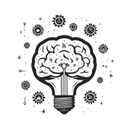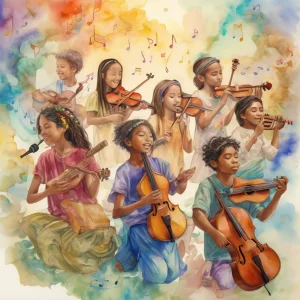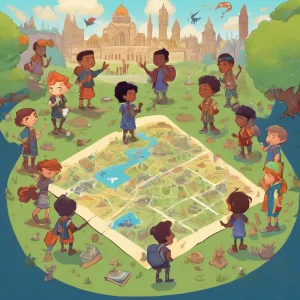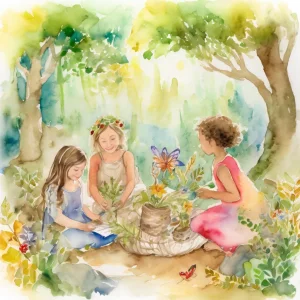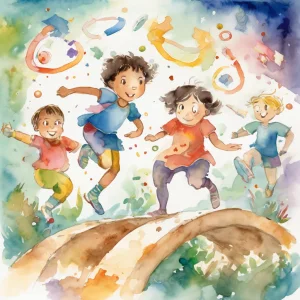Activity
Similar Activities
Cosmic Harmonies: Music from Space Journey
Children’s Age: 10–12 years
Activity Duration: 40 minutes
"Music from Space" is an engaging activity tailored for children aged 10-12, combining fun and education to promote academic growth, empathy, and ecological awareness. Participants…
Activity Duration: 40 minutes
Digital Beats and Hoop Dreams Coding Adventure
Children’s Age: 9–12 years
Activity Duration: 10 – 20 minutes
An engaging coding activity integrating music production, basketball skills, and teamwork for children aged 9-12 years.
Activity Duration: 10 – 20 minutes
The Global Treasure Hunt: Cultural Adventure Quest
Children’s Age: 9–11 years
Activity Duration: 10 – 30 minutes
Get ready for an exciting Global Treasure Hunt adventure! You'll explore different countries, solve clues, and work together in teams. All you need is a map, some clues, and a sens…
Activity Duration: 10 – 30 minutes
Space Adventure Obstacle Course: Galactic Learning Journey
Children’s Age: 6–12 years
Activity Duration: 25 minutes
Get ready for an awesome adventure with the Space Adventure Obstacle Course! You'll crawl through cardboard box spaceships, jump over paper tube asteroids, and follow colorful tape…
Activity Duration: 25 minutes
Enchanted Forest Tales: Nature Play Theater
Children’s Age: 4–6 years
Activity Duration: 15 – 25 minutes
Engage children aged 48 to 72 months in the "Nature Play Theater" activity, fostering communication skills and ecological awareness. Set up an outdoor performance area with natural…
Activity Duration: 15 – 25 minutes
Eco-Friendly Nature Scavenger Hunt: Discover & Learn
Children’s Age: 11–15 years
Activity Duration: 30 – 40 minutes
Embark on the Eco-Friendly Nature Scavenger Hunt to engage children in nature exploration and ecological learning. This activity promotes communication skills and teamwork while fo…
Activity Duration: 30 – 40 minutes
Adventure through the Healthy Lifestyle Obstacle Course
Children’s Age: 4–6 years
Activity Duration: 15 – 20 minutes
Engage children aged 48 to 72 months in the "Healthy Lifestyle Obstacle Course" to promote self-regulation and cognitive development through fun physical activities. Set up station…
Activity Duration: 15 – 20 minutes
Magical Animal Sounds Guessing Game Adventure
Children’s Age: 1–1.5 years
Activity Duration: 10 minutes
Explore the "Animal Sounds Guessing Game," perfect for curious toddlers aged 12 to 18 months. This engaging activity enhances play, language, and cognitive abilities. Simply gather…
Activity Duration: 10 minutes
Enchanted Forest: Animal Hunt Adventure Discovery
Children’s Age: 5–7 years
Activity Duration: 15 – 25 minutes
"Animal Hunt Adventure" is an engaging outdoor activity that promotes cognitive development, self-care, and communication skills for children aged 5 to 7. With printed animal pictu…
Activity Duration: 15 – 25 minutes
Enchanted Sound Symphony: Sensory Sound Walk
Children’s Age: 2 months – 3 years
Activity Duration: 5 – 25 minutes
Exploring sounds and textures through a sensory walk outdoors.
Activity Duration: 5 – 25 minutes
Melodies of Creation: The Musical Painting Adventure
Children’s Age: 2–3 years
Activity Duration: 15 minutes
Engage children aged 24 to 36 months in the Musical Painting activity, promoting creativity and motor development. Provide paper, paints, musical instruments, and lively music for …
Activity Duration: 15 minutes



